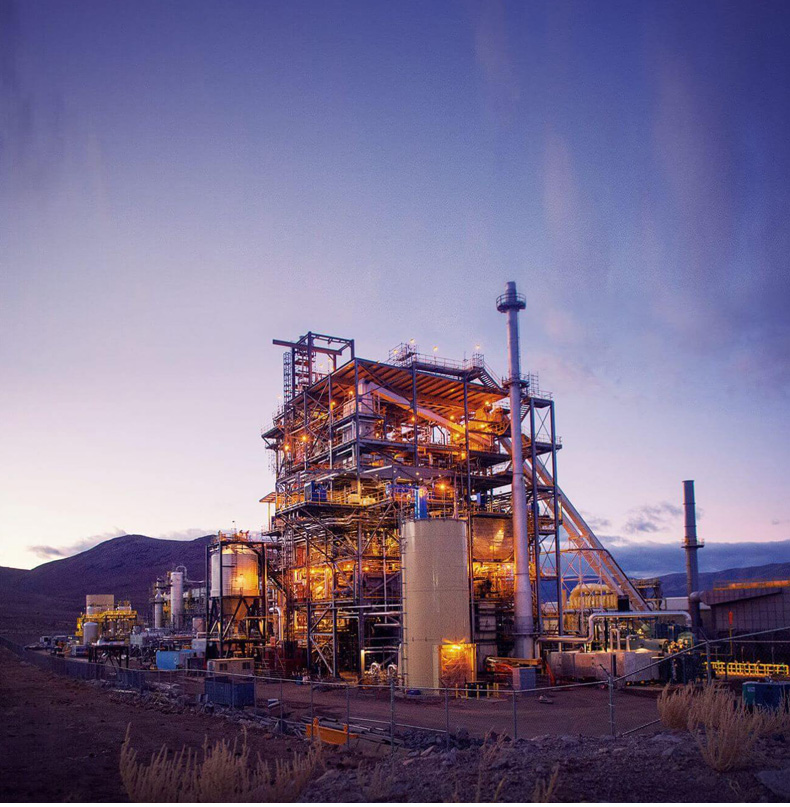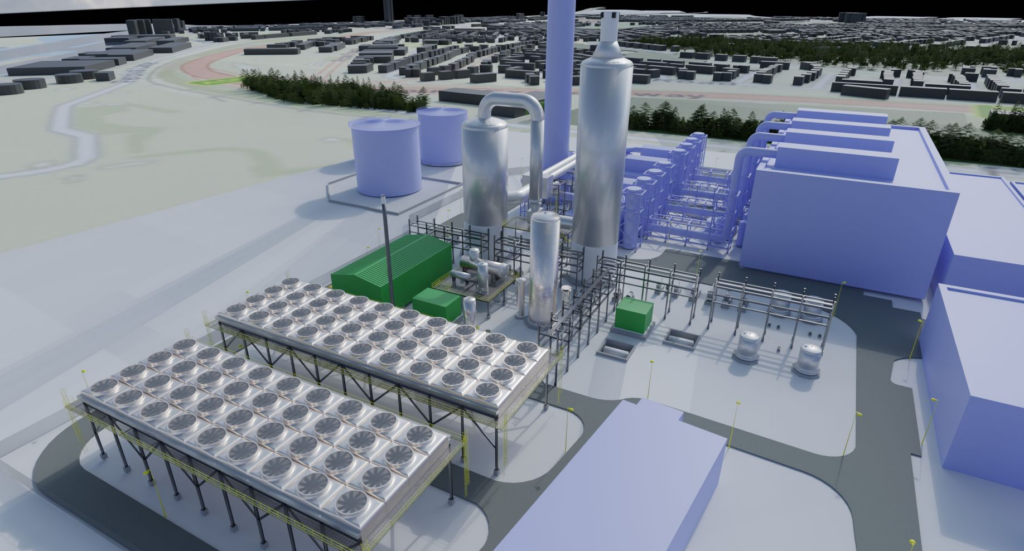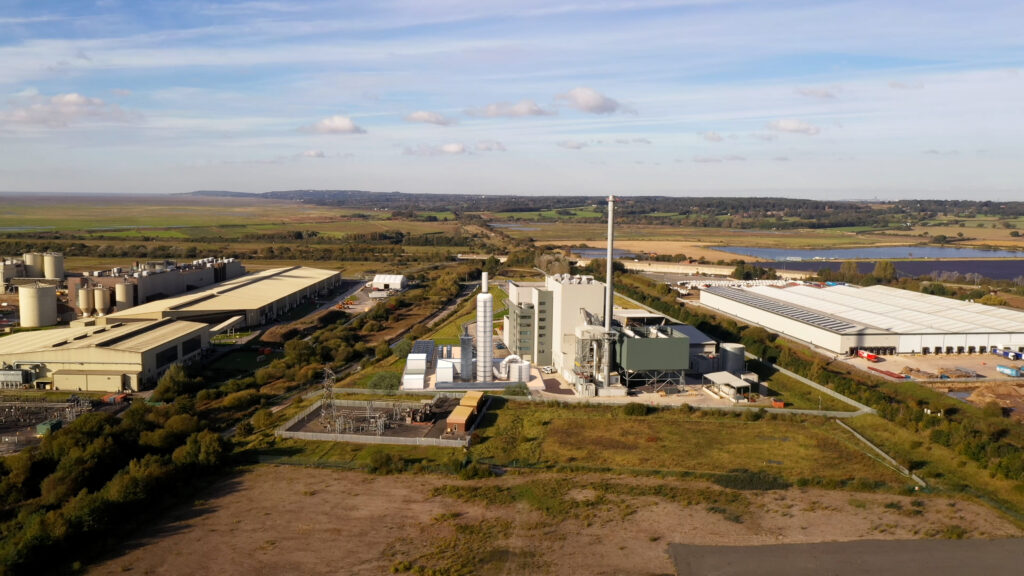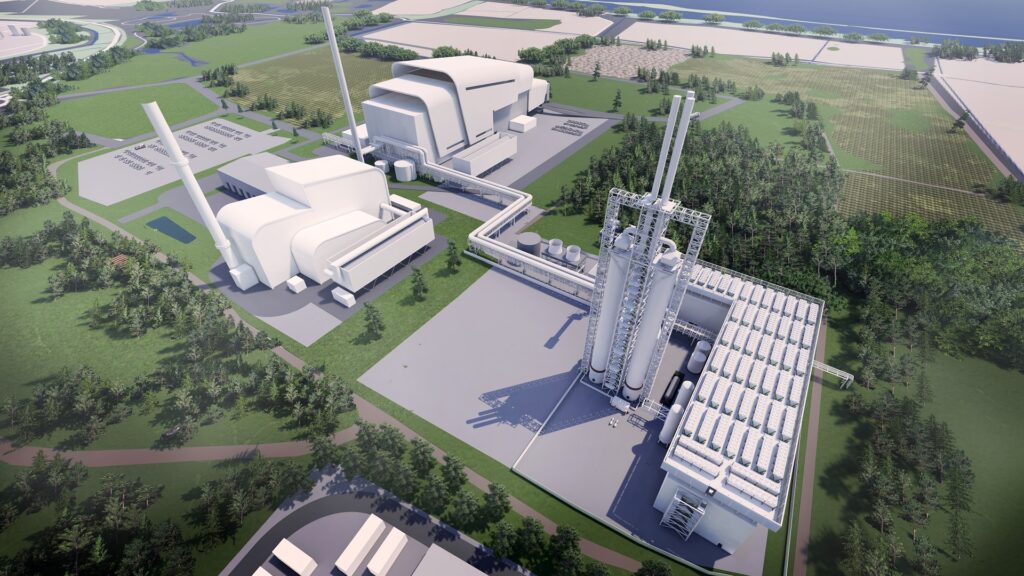At the heart of the report and government’s policy thinking is one idea that it might be better to make a sustainable aviation fuel (SAF) rather than using energy from waste to make electricity. SAF production could be seen as being higher up the waste hierarchy, it is indicated.
Waste feedstock
The report says that the needs of the SAF sector should be “explicitly addressed in the forthcoming government biomass strategy” – a biomass and low carbon fuels strategy is due later this year. And, importantly the report talks of prioritising the use of waste: “Explore options to review the classification of the use of waste feedstock to prioritise use in the most difficult to decarbonise sectors.”
And, the government also implies a fight for residual waste volumes in the future, noting that tier one waste businesses might be unwilling to concede Municipal Solid Waste (MSW) volumes for use in making SAF.
‘Ambitious plans’
The documents come from the Department for Transport which said today that ministers and aviation chiefs have revealed an action plan for the next 2 years “in the race to reach Jet Zero by 2050, as the government continues with ambitious plans to decarbonise faster than any other G7 country, grow the economy, and support hundreds of thousands of well-paid green jobs”.
The government also highlights the support it is giving to SAF projects. These include the 600,000 tonne residual waste to fuel plant at Esso Stanlow, Ellesmere Port, being planned by Fulcrum Bioenergy.
The Jet Zero Council – made up of industry, academic and government leaders – met today (17 April 2023) at Farnborough Airport. Through its 2-year plan, the council committed to continue working to speed up the design, manufacture, and rollout of zero emission aircraft and vital infrastructure at UK airports.
The Department for Transport said the plan sets out how the council will help to accelerate the production of SAF, by continuing to invest millions of pounds in first-of-a-kind SAF plants, supporting crucial scientific research on a larger scale, and helping to drive down production costs.
Now among actions will be an assessment of what needs to be done to secure feedstocks for SAF and this work will be completed by September 2024.
Review
Today’s documents include a review by sector expert Philip New, a former CEO of BP Alternative Energy. His report lists lists three types of SAF which is a liquid fuel for aircraft with less carbon than traditional fuels.
HEFA: One is made from Hydrogenated Esters and Fatty Acids (HEFA. UK/EU acceptable HEFA is made from waste oils and fats – the supply of which is constrained, and competition for which also comes from the production of non-crop-based biodiesel and renewable diesel for road transport. This can also include wood pellets, says Mr New.
WASTE/BIOGENIC A second type – especially relevant to the waste sector – is made from other carbon-containing sustainable feedstocks (whether biogenic or otherwise), so includes the conversion of waste into syngas and thence to fuel via catalysis, the pyrolysis of wastes and other feedstocks, and the conversion of flue gases and waste/residues from biomass feedstocks into ethanol and then to SAF. Mr New says these technologies are either ready, but not yet deployed at scale, or are very close to maturity.
HYDROGEN A third type of fuels, involving green hydrogen and CO2 are some way off.
UK potential
While costs are most efficient for HEFA at least to start with, Mr New says that the UK has the potential to play a leading role – particularly in the development and deployment of SAF made from carbon-containing waste streams, a technology close to deployment readiness.
He suggests that action will have to be discussed across government and that waste applications extend beyond traditional energy from waste. He writes: “the UK MSW market is regarded as “relatively advantaged – mature enough to have clear pricing benchmarks and with sophisticated value chain actors but still having capacity available for applications beyond EfW. The availability of other feedstock sources (flue gases etc) was also seen as a benefit. Leveraging this capacity to best overall benefit will require coordination across government.”
Anything that can be done to build confidence in MSW feedstock supply is welcomed
The report also says that: “Anything that can be done to build confidence in MSW feedstock supply is welcomed. This extends beyond the DfT’s remit and involves multiple government departments – and so requires cross-government coordination and cooperation. a. The development of a clear view on how best to use the UK’s waste resources should be encouraged. There is a strong argument that the exploitation of waste and other biogenic feedstocks should be prioritised to address the challenges of the hardest to abate sectors rather than be burnt to generate incremental relatively 15 high carbon electricity.”
Mr New also talks of feedstock supply contracts. He says that “a bankable project needs a bankable feedstock supply contract. Today this can be problematic – tier 1 MSW feedstock suppliers might be unwilling to contract feedstocks to a SAF project (given overall uncertainty) and instead commit supplies to alternative projects, restricting future availabilities for SAF.
Tier 1 MSW feedstock suppliers might be unwilling to contract feedstocks to a SAF project (given overall uncertainty)
“DfT should explore developing MSW feedstock offtake guarantee mechanisms with tier 1 feedstock suppliers for early projects, where DfT underwrites the contract if the SAF project does not initially meet planned throughputs and keeps the supplier financially “whole” against the cost of securing alternative offtakes.”
Quantities
For its part, the Department for Transport says that a key determinant in the effective supply of low carbon fuels, such as SAF, is the availability of sufficient quantities of suitable feedstocks to produce them. “Availability is limited by competition for feedstocks across the wider energy and transport sector. The government accepts the importance of working through these challenges to ensure a stable UK market for sustainable feedstocks.” The Biomass Strategy and Low Carbon Fuels Strategy will provide further clarification on these matters later this year.”
Support
A lot of effort is being made now with government amend support for various fuels.

In its statement today, the Department also says: “We have also committed to support recycled carbon fuels (RCFs) under the RTFO and the SAF mandate, broadening the feedstock pool to include the fossil portion of residual municipal solid waste and certain industrial waste gases. We set out our proposed support framework in the July 2022 consultation on supporting RCFs in the RTFO. This included a proposal for a principles-based approach to determining 11 feedstock eligibility, ensuring that new feedstocks can be included flexibly as markets evolve and new conversion technologies are developed.
“We expect to set out the full policy position on this in the coming months. Supporting these fuels requires broadening the primary powers underpinning the RTFO and SAF mandate. The government has tabled an amendment to the Energy Bill which amends the Energy Act 2004 to allow both RCFs and nuclear derived fuels to be supported under renewable transport fuel orders. RCFs are an important part of the low carbon fuels landscape and we recognise the importance for SAF producers in the UK. Four of the winning projects from the AFF first application window plan to use either refuse derived fuel or waste industrial gases.”











Subscribe for free